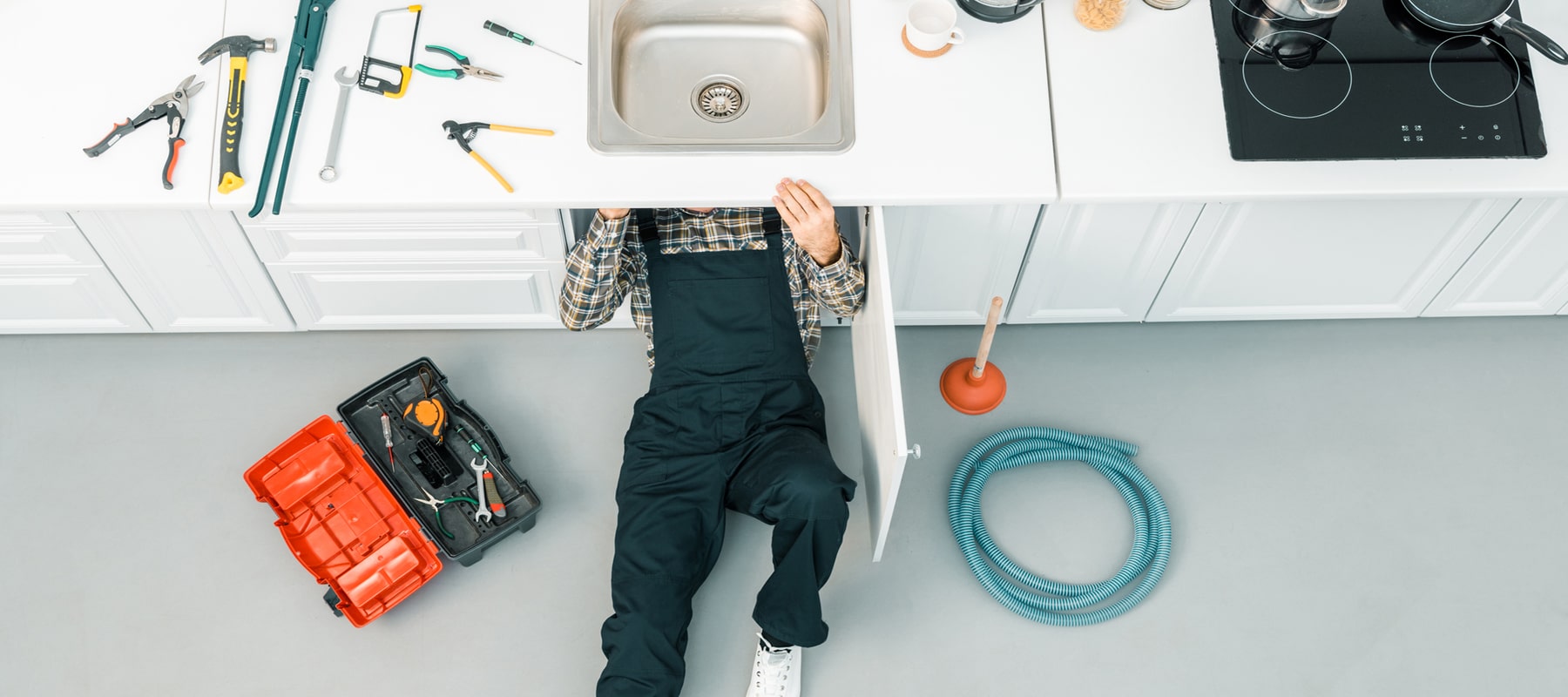Browse all articles for: Plumbing
How Much Does It Cost To Replace a Sewer Line?
Last Updated: January 21, 2022
On This Page
If there are damp, foul-smelling sinkholes in your yard, strange, gurgling sounds coming from your toilet or you are experiencing slow drainage, it's possible there is a problem with your sewer line. While modern sewer pipes are made of PVC with a lifespan of more than 100 years, sewer lines used to be made from clay. A clay sewer pipe is only intended to last 50-60 years. If your home was built prior to 1980, there's a good chance the sewer line is clay.
Sewer Main Costs #
- If you've noticed symptoms of a bad sewer main, it's probably worth paying somebody $250 to $500 to use a diagnostic camera to check it out because main line sewer repair is expensive.
- If the line is clogged by tree roots or other blockage, you can use a sewer snake to try and clear them out. Keep in mind, though, that if you have clay pipes you risk causing damage to them. Sewer snakes have been known to get stuck as well. If this happens, you will likely end up footing the bill to remove it.
- Sewer repair is a bit misleading. Really, if there is cracked or rotten sewer pipe, what you can do is replace individual sections of pipe. This could cost you anywhere from $50 a foot to double or even triple that amount depending on ease of access. Also, if there is one section of pipe that needs to be replaced, chances are the rest are soon to go as well. It is therefore usually in a homeowner's best interest to consider replacing the whole sewer main.
- As an average, expect to pay $3,000 to $12,000 for a new sewer line.
- Using the traditional dig and replace method, you'll pay around $50/foot.
- The pipe busting process uses a machine to push new line into the old one's place. This costs approximately $50 to $75 per foot.
- Another option is what's called slip lining. Using this method, a new sewer line is placed inside the old one. Slip lining can cost between $25 to $75 per foot.
A number of conditions can drive the cost of a new sewer main up drastically. They include:
- Cutting down trees and grinding stumps in order to access a line.
- Utility lines, especially gas lines, in very close proximity to a sewer line.
- Tearing up road to reach a city sewer hook-up that stops short of your property.
- If your sewer line is fairly easy to access and you don't mind doing some heavy lifting, it's possible to replace sewer pipe yourself. You'll have to pay for a backhoe to dig up a longer line but if it's fairly short and the ground conditions are conducive to digging, it's possible to do it by hand. One customer reports help from some neighbors and they dug up and replaced the entire sewer line in a weekend for only several hundred dollars. If you do your own digging make sure to find out the depth requirements set forth by local plumbing codes. According to these, you will probably also need to hire a plumber to do the connections.
Shopping for a sewer line? #
- If you suspect a leaking or broken line, make sure to get estimates from at least three plumbers. Not only can prices vary, but you want to make sure to hire somebody that will do the job right the first time.
